Rare Rides: A Vanden Plas Princess 4 Litre R - Overwhelming Britishness From 1966

Vanden Plas. It rolls off the tongue the same way as other luxury words, like Ferrero Rocher. And right now you’re thinking of chocolate, a Jaguar, and walnut tray tables.
But today’s Rare Ride has only one of those characteristics. Presenting the 1966 Vanden Plas Princess 4 Litre R.
The Princess series of cars were a luxury offering from British manufacturer Austin. Princess succeeded Austin’s upscale 28 Ranelagh model as the company’s flagship luxury car, with the very first examples produced in 1947. Standard cars wore Austin badges, but upscale models were moved from Austin’s assembly line over to the Vanden Plas coachworks. Vanden Plas was a subsidiary of British Motor that marketed its own brand of luxury cars based on various offerings from BMC.
The first-generation Princess was based on the Austin Sheerline large sedan. It went through three model series, remaining in production through 1956. The fourth and fifth Princesses used a slightly revised version of the then-discontinued Sheerline. The Austin name vanished from the car in 1957. Now known as the Princess IV, it found buyers through Morris and Austin dealerships. Unfortunately, the model was 6.5 times more expensive than the entry-level Austin A30 and quickly found itself priced out of the market.
With no demand, just 200 were built between 1956 and 1959.
Concurrently, Austin also built long-wheelbase Princess cars. Production spanned 1952 to 1968, with the automaker employing a 132-inch wheelbase instead of the 121 inches of a standard Princess. A long-wheelbase Princess from model year 1969 was the same car underneath as the one sold in 1952, using the same 4.0-liter overhead-valve six.
There was another Vanden Plas Princess, too. Based on the Austin A99 mid-size car, this Princess was produced from 1959 to 1968. Initially launched as the Princess 3-litre, it added Vanden Plas nomenclature after 1960. In 1964, BMC took this particular Princess upmarket. The standard 3.0-litre British Motor engine was replaced with a larger 4.0-litre engine from Rolls-Royce. This inline-six was aluminum — a short-stroke variant of the B-series Rolls engine. Weighing in at just 450 pounds, this lightweight powerplant put out 175 horsepower as equipped with twin carburetors. A full-size in Europe, overall length was just shy of 188 inches.
Vanden Plas increased the price a full 50 percent with the introduction of the larger engine, meaning its price was at par with a Jaguar Mark X. Vanden Plas didn’t have the global distribution of Jaguar though, so the 4 Litre R was unsuccessful. Today, the Princess 4 Litre R remains the only mass-produced vehicle from another manufacturer to utilize a Rolls-Royce engine.
After 1968, Vanden Plas became a branding exercise rather than its own line. The name eventually fell from use after it passed to Jaguar, which used it as a trim level through 2009. Today’s Rare Ride is located in the Netherlands, having spent most of its life in a museum. With 22,000 miles on the odometer, it’s in stunning original condition. Yours for $28,700, plus shipping.
[Images: seller]

Interested in lots of cars and their various historical contexts. Started writing articles for TTAC in late 2016, when my first posts were QOTDs. From there I started a few new series like Rare Rides, Buy/Drive/Burn, Abandoned History, and most recently Rare Rides Icons. Operating from a home base in Cincinnati, Ohio, a relative auto journalist dead zone. Many of my articles are prompted by something I'll see on social media that sparks my interest and causes me to research. Finding articles and information from the early days of the internet and beyond that covers the little details lost to time: trim packages, color and wheel choices, interior fabrics. Beyond those, I'm fascinated by automotive industry experiments, both failures and successes. Lately I've taken an interest in AI, and generating "what if" type images for car models long dead. Reincarnating a modern Toyota Paseo, Lincoln Mark IX, or Isuzu Trooper through a text prompt is fun. Fun to post them on Twitter too, and watch people overreact. To that end, the social media I use most is Twitter, @CoreyLewis86. I also contribute pieces for Forbes Wheels and Forbes Home.
More by Corey Lewis
Latest Car Reviews
Read moreLatest Product Reviews
Read moreRecent Comments
- Theflyersfan Keep the car. It's reliable, hasn't nickeled and dimed you to death, and it looks like you're a homeowner so something with a back seat and a trunk is really helpful! As I've discovered becoming a homeowner with a car with no back seat and a trunk the size of a large cooler, even simple Target or Ikea runs get complicated if you don't ride up with a friend with a larger car. And I wonder if the old VW has now been left in Price Hill with the keys in the ignition and a "Please take me" sign taped to the windshield? The problems it had weren't going to improve with time.
- SPPPP I don't think it's a sign of pressure from external competition, but rather a healthy sign of letting practicality trump triumphalism on the assembly floor. Does a 1-piece casting make sense? Imagine the huge investment (no pun intended) in the tooling for that structure. Now imagine that a change in regulation or market conditions requires a change to the structure. You're going to build all the tooling all over again? Why not use "gigacasting" selectively, to build right-sized modules that can be assembled simply and repeatably? Changing 1/3 of the tooling is much less costly. Additionally, it makes the vehicles repairable, instead of being subject to total loss in a minor accident.
- Formula m Oh my first Ford learning experience was with a sales manager who is a former stripclub manager with a Satan’s choice tattoo on his forearm… was very eye opening. You can imagine how he has contributed to Ottawa over his long tenure with Ford. Hopefully A.I. gives a different experience
- Slavuta This video explains the whole situation and also goes back when Musk was laughing off chinese companies
- SPPPP Nice vehicle. My only fear with driving it so little is rodent damage - but I guess keeping it in the garage cuts that risk down a lot.




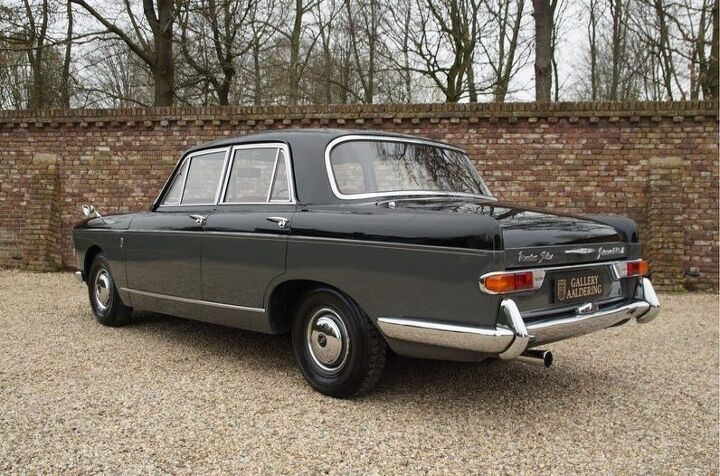


















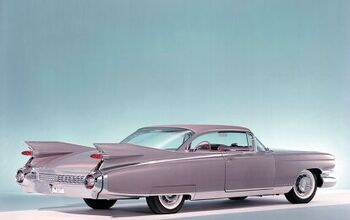




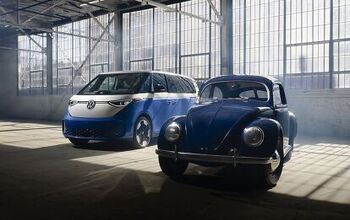
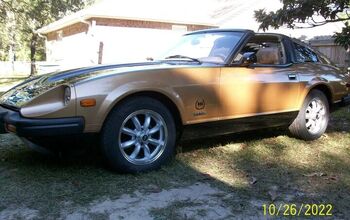



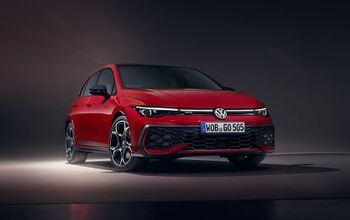
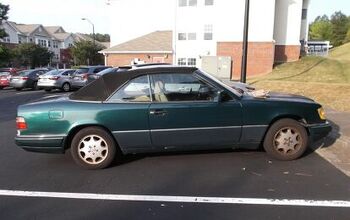


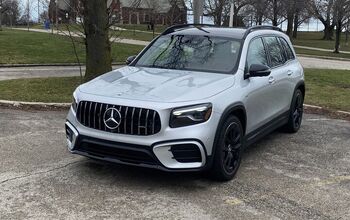
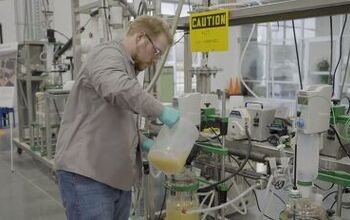
Comments
Join the conversation
I guess only a real man would drive a Princess.
Might have helped to show a pic of the ancient Austin Princess prior to 1964. It was solidly early '50s limo with an Austin truck 4.0 liter engine for motivation. This Princess R was one of the most useless exercises BMC came up with. The Roller FB60 F-head engine was mainly a disaster, and made you wonder what they were thinking - 7.8 to 1 CR in 1964 - how modern is that? The new aluminum V8 in the 1960 Rolls at least had a copy GM combustion chamber and valve layout. Of course, in typical fashion, there are a few Brits who keep these things running for some unknown reason, but hey, it's a hobby, so kudos to the enthusiasts for sticking it out. You can read all sorts of revisionist BS about this engine being marvelous from Google links, but frankly the 3 liter detuned Austin Healey engine fitted to the regular Westminster version of the car, while a heavy cast iron brute, was a far more reliable lump. This was a car that promised much and delivered little, a bit of a con marketing exercise to appeal to people whose eyes cross when Rolls-Royce is mentioned. A white elephant. A quote from an authoritative source sums this brute up: "Total production of the Vanden Plas Princess 4 litre R was 6,555, including one estate car for HM The Queen, who is said to have greatly preferred her Vauxhall Crestas."